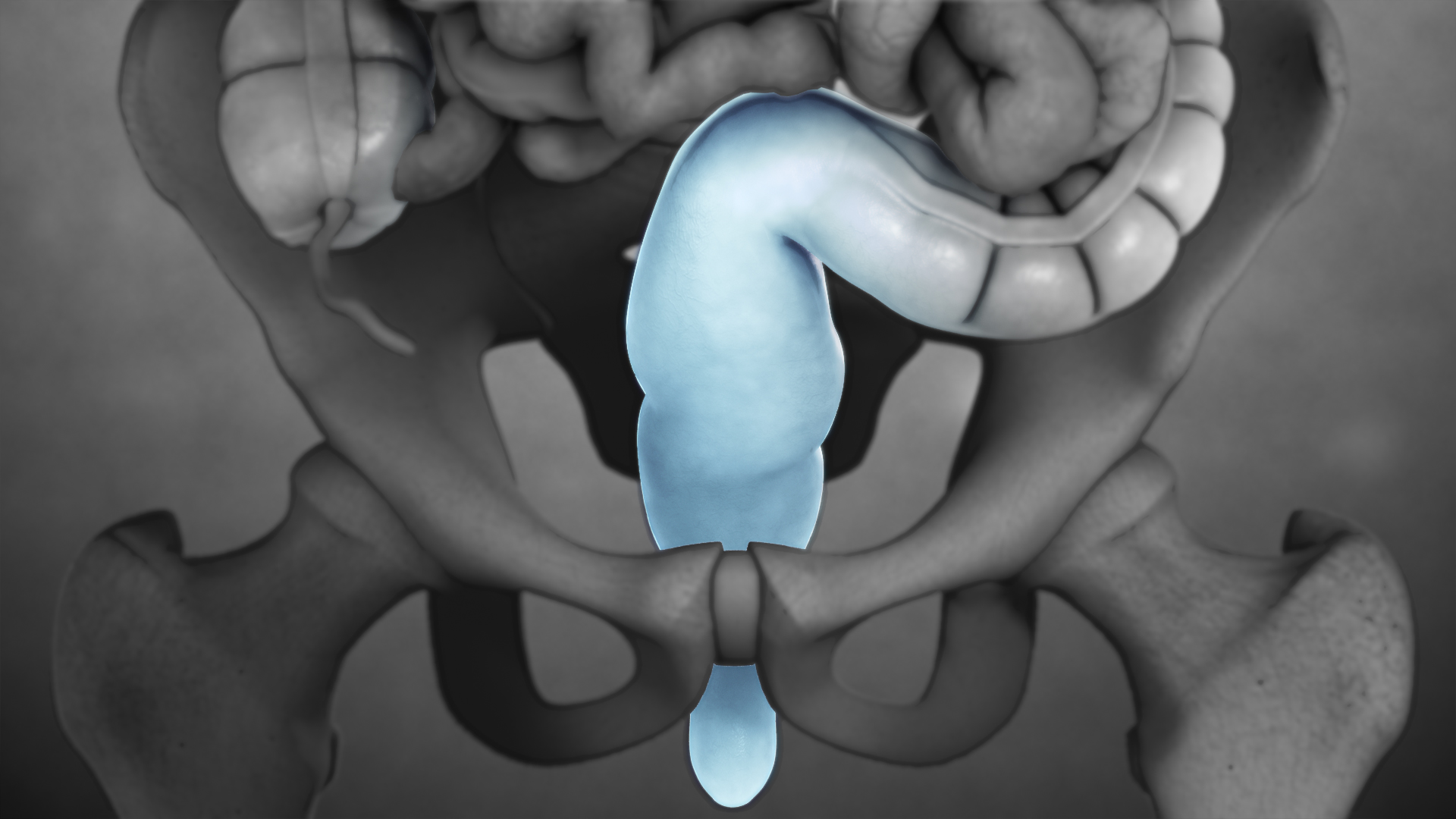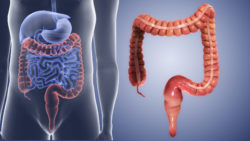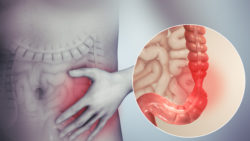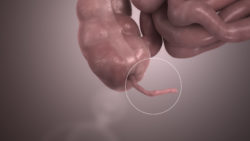Rectum is the last part of the large intestine in human body.

It connects the sigmoid colon to the anal canal. It starts at the height of S2-S3 and ends at the perineum. It is approximately 12 - 16 cm long and is subdivided into three parts:
- The upper of the three parts lies intraperitoneally
- The middle of the three parts lies retroperitoneally
- The lower of the three parts lies under the pelvic diaphragm and therefore extraperitoneally.
It is vital for the water resorption as well as for the resorption of electrolyte from the stool and plays a key role in the defecation process.
Functions of Rectum
The rectum is the final stop before the feces is excreted out of the human body through the anal canal. The electrolytes such as sodium, potassium, chloride are absorbed and the indigestible food ingredients are decomposed by anaerobic bacteria, similar to the colon. The stool is thickened by absorption of water and mixed with mucus.
In addition, the rectum is part of the continence organ and plays a key role in the defecation mechanism. In case the stool enters the rectal ampulla (that is commonly empty) it is registered by the stretch receptors. That information is transferred to the central nervous system generating the urge to defecate. The increased pressure in the ampulla leads to a greater relaxation of the involuntary smooth corrugator cutis ani muscle and sphincter ani internus muscle.
The rectum supports the defecation by contraction. Furthermore the intra-abdominal pressure is enhanced by the voluntary tension of the abdominal muscles and diaphragm.
Conditions of Rectum
Some of the common conditions with rectum are listed below:
- Hemorrhoids They are inflamed veins around the lower rectum and usually stem from straining to have a bowel movement. They are quite common in women and men.
- Incontinence It is the inability to control your bowels. People of all ages including children and adults are affected by it. However, it is more common in women and in older adults.
- Cancer It occurs when tumors develop in the lining of large intestine. It is common in women and men. The risk of having a colorectal cancer is higher after age 50.
- Abscesses A skin abscess is a tender mass usually surrounded by a colored area which may be pink to deep red in some cases.
Disclaimer: The information in no way constitutes, or should be construed as medical advice. Nor is the above article an endorsement of any research findings discussed in the article an endorsement for any of the source publications.
Sources-
- https://www.kenhub.com/en/library/anatomy/the-rectum
- https://medlineplus.gov/rectaldisorders.html
The last part of the gastrointestinal and of the digestive tract in humans is the large intestine. The large intestine is the part of the digestive system that is responsible for extracting water from the indigestible residue of the food.The large intestine is also called the large bowel and is about 5 feet long and 3 inches in diameter.
Read More..
Irritable bowel syndrome (IBS) can be classified as a gastrointestinal disorder. It is a functional disorder of the bowels and it leads to the occurrence of a group of symptoms. Around 3 to 20 percent of the Americans have Irritable bowel syndrome. It occurs more in women than in men.
Read More..
The human appendix, a slimy sac that hangs between the small and large intestine, has always been known as an evolutionary artifact that serves no purpose, but can potentially become a lethal case of inflammation. CDC reports 320,000 people are hospitalized each year and upto 400 Americans die due to appendicitis.
Read More..












